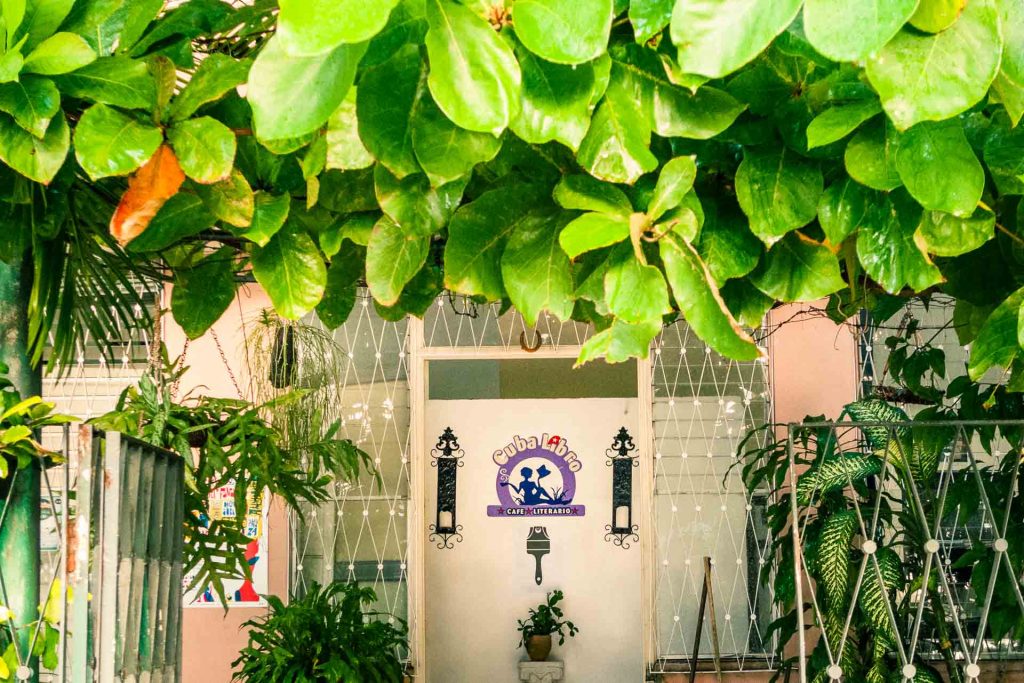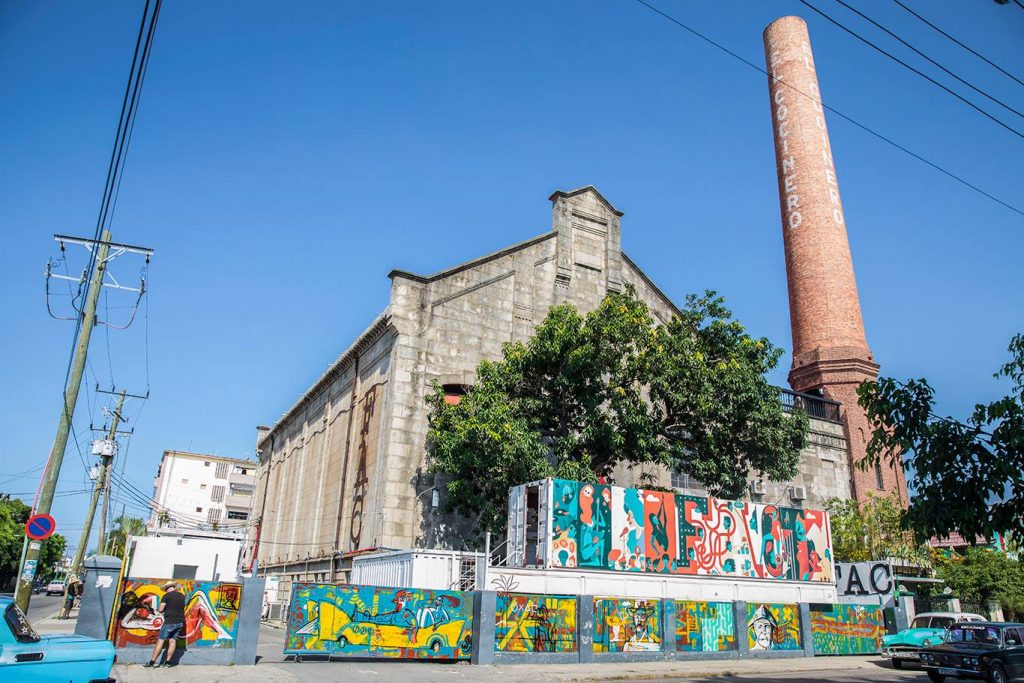Word of Mouth: Havana
This stunning, timeless city has plenty of surprises—if you know where to look

The landscape in Havana, Cuba’s capital city, tells two different stories: the first paints a picture of candy-colored buildings and sidewalk salsa dancing; the second shows crumbling facades and a glimpse of the city’s scars after two independence wars, a US trade embargo and 50 years of strained foreign relations. Despite this juxtaposition of beauty and destruction, one thing remains: this city feels incredibly alive.
On the heels of fewer travel restrictions, more visitors are exploring the vibrant city—and Havana is responding. In the past 18 months, the city’s first new five-star hotels in decades have opened their doors with more properties planned for the next few years. If you’re looking to explore Havana—with old-world charm, 1950s cars and the world’s best cigars—now is the time. Discover Havana through a basement-level jazz club, an art-filled alley, a former oil factory and more. But don’t stop there—find an artist studio to visit, hit up the gin bar and explore other restaurants atop residential buildings, as COOL HUNTING has done.

Gran Hotel Manzana Kempinski La Habana
Originally built as the first European-style shopping arcade between 1894 and 1917, Gran Hotel Manzana Kempinski La Habana is located in the heart of UNESCO-protected Old Havana, overlooking Central Park and the fleets of vintage cars ready to take visitors on tours. The 246-room hotel opened its doors last summer and includes two restaurants, three bars, a cigar bar, a top-floor fitness center, an expansive spa and a swimming pool. The hotel’s rooftop terrace is a standout for sunset cocktails, with views that expand from the El Capitolio across to the Malecón, the seafront.

Callejon de Hamel
In an unassuming part of Central Havana, there’s a narrow, two-block long alleyway between Aramburu and Hospital streets that truly stands out. Designed by local Cuban artist Salvador Gonzáles Escalona, this strip is riddled with murals, sculptures made from bathtubs and found objects, and hand-painted quotes. The self-taught artist began creating this colorful art-filled alley outside of his apartment back in 1990, utilizing an Afro-Cuban style that combines surrealism, cubism and abstract art, and people have been flocking to it to see the latest additions ever since. And, just a 10-minute walk away is La Zorra y El Cuervo, a hole-in-the-wall jazz club with a red English telephone box at the entrance. Here, in the dim lighting and palpable energy, a remarkable roster of local and international musicians take the stage (some planned, some impromptu) many of whom drop by to practice their sets. With entry just 10 CUC ($10 USD) for a show and two drinks, it’s dark, cramped, potentially a fire hazard and incredibly difficult to photograph—but it’s worth every moment.

Cuba Libro
If you want a quintessential Cuban coffee with a side of literature, look no further than Cuba Libro. The first and only English-language bookstore and café in Havana was started by an American expat back in 2013 who wanted to create an ethically and socially responsible business dedicated to supporting the Cuban community and sharing the best of the country with its visitors. Located in a quiet corner of the Vedado neighborhood, Cuba Libro is inclusive to all and an extension of a Cuban home, inviting tourists and locals alike to meet with friends, work remotely from the living room or rest in the garden hammocks with a book in hand. Many locals consider it the best coffee in the city—and this is coming from people who take their coffee very seriously.

El Dandy
El Dandy feels like an art gallery you can eat or drink in, full of antiques and Cuban ephemera spilling all over the tiny bar and café. It’s nostalgic and familiar, and the bohemian vibe will invite visitors to stay awhile. At this beloved local haunt, the service in unpretentious, the mojitos are poured very freely, and the tacos carnitas will completely blow you away.

El Cocinero
For elevated Cuban cuisine with glorious ambience, El Cocinero is the place. This multi-level restaurant used to be a factory, giving it an industrial layout that includes an elegant dinner-only dining room, indoor/outdoor rooftop terrace filled with lush greenery and a small bar housed in the factory’s old brick chimney that can only be reached by climbing a lighthouse-style circular staircase. The menu is authentic yet sophisticated, with Cuban favorites like malanga fritters, ropa vieja and grilled fish. We recommend making a reservation for a late dinner here, then heading to Fábrica del Arte next door.

Fábrica del Arte
Havana’s pièce de résistance is Fábrica del Arte (FAC), a former oil mill that has been converted into a three-story cultural playground. This gallery/club/theater hybrid is an interactive experience that showcases the best of contemporary art in Cuba, with a strong social and community focus. Various art forms exist here—from music and dance to photography—and you’ll find each by weaving through the maze-like hallways, in and out of different spaces. It’s creative consumption in a way you’ve never experienced before. Plus, they serve some of the stiffest mojitos in town. Note that no money is exchanged here—instead you’re given a card gets stamped based on what you eat and drink, and then you pay on the way out.












